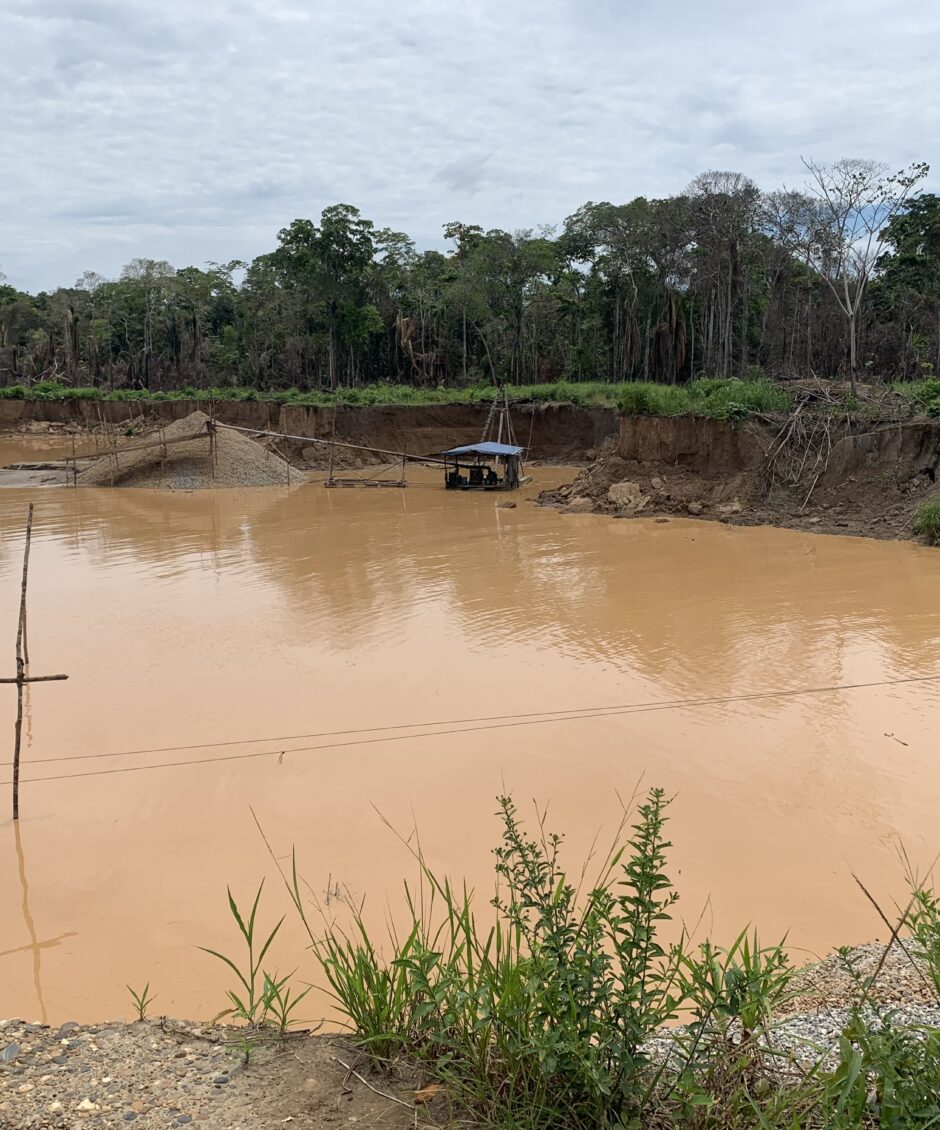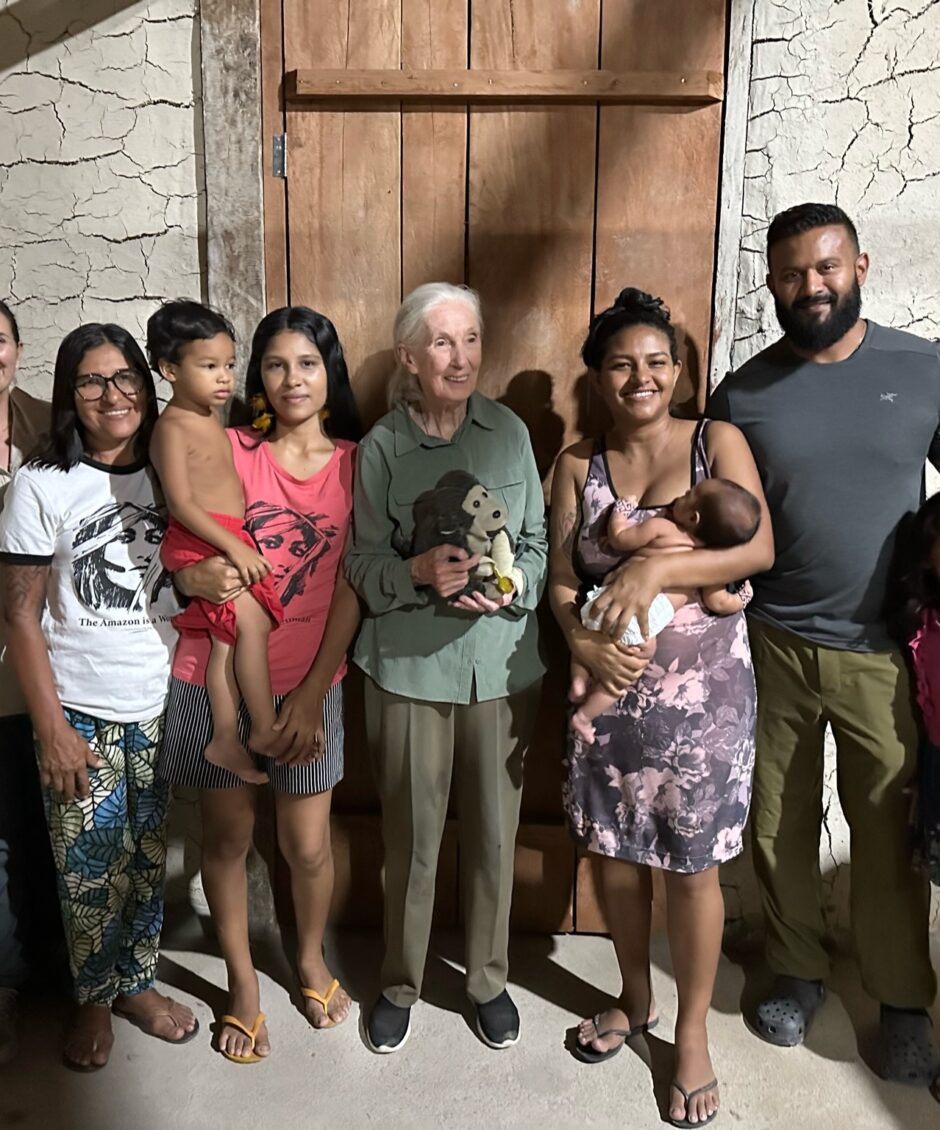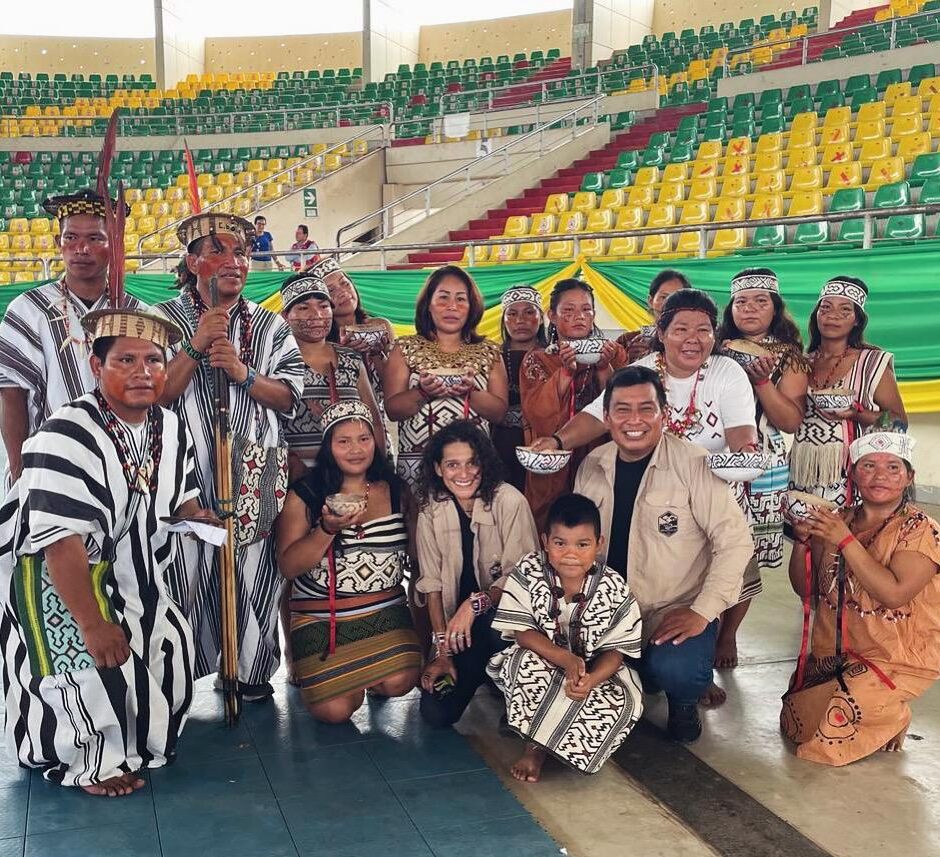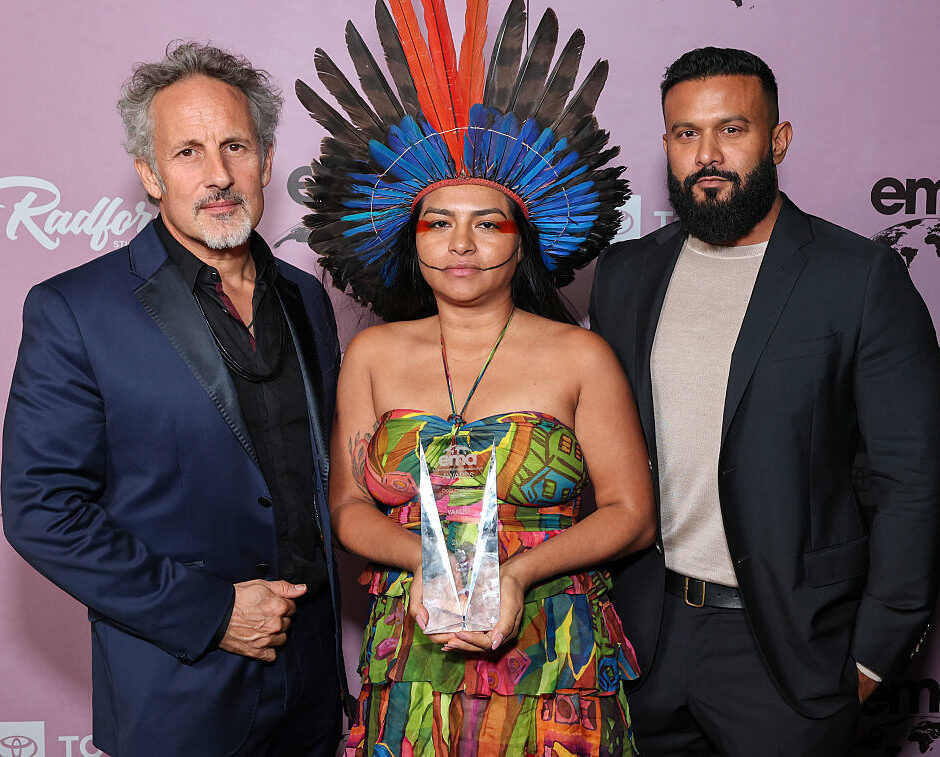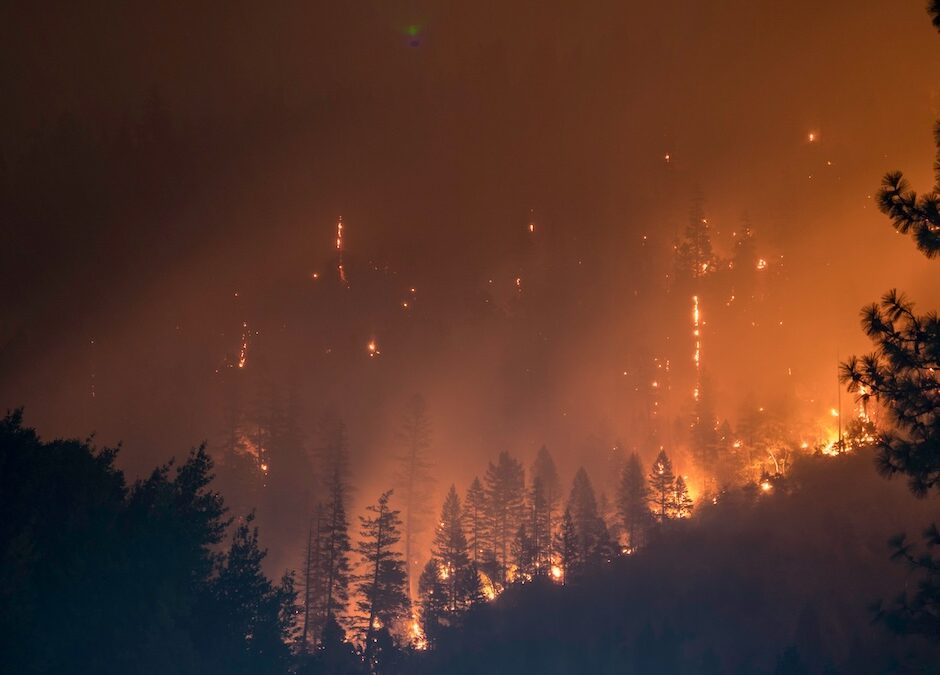How Technology is Opening New Windows into Unseen Parts of the Wild
Article
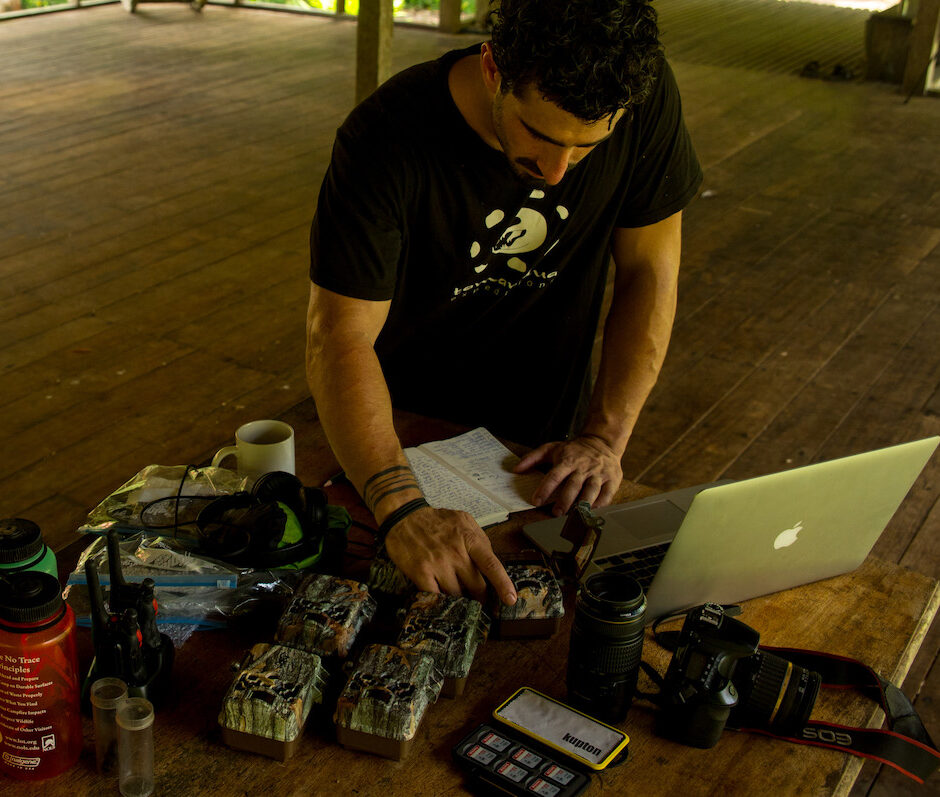
Junglekeepers Founder and Field Director Paul Rosolie highlights how new tech, like 4K camera traps and satellite systems, is revolutionizing conservation in the Amazon. Led by Junglekeepers, this innovation helps track wildlife, detect illegal activity, and engage donors.
Author
Paul Rosolie
Topics
I’m walking with Stéphane Thomas through one of the most ancient rainforests on Earth. Deep in the Amazon, we’re each carrying backpacks filled with specialized camera gear: DSLR cameras, tripods, flashes, and laser sensors. These cameras are part of a new initiative that will offer an unprecedented look into the hidden world of the Amazon rainforest.
For the past few years, Stéphane has been one of the key innovators at Junglekeepers. He’s developed a system that’s set to revolutionize camera traps.
Camera traps have been around for decades. These “trail cams,” equipped with motion sensors and inbuilt cameras, are widely used by hunters and conservationists alike to track wildlife. They’ve become a staple for monitoring animal populations.

In 2013, I set up some of these older cameras at a salt lick in the forest. The results were incredible—over 2,000 videos in just a few weeks, capturing jaguars, giant anteaters, tapirs, deer, pumas, and more. The footage garnered attention from Mongabay.com, YALE Environment360, and even earned Junglekeepers a spot at the United Nations’ Forum on Forests, where it won an award as a short film.
But looking at that footage today, it’s almost unwatchable. The grainy quality is laughable compared to what Stéphane’s doing now. By repurposing high-quality security cameras tethered to a remote Starlink internet system, we can deploy them in the deep jungle—areas far beyond any power grid or cell service. For the first time, we’re capturing parts of the Amazon in stunning 4K clarity.
These high-resolution cameras have already yielded groundbreaking results. We can now track individual animals with remarkable detail, identifying specific jaguars in our territory through pattern recognition. We’ve even identified a mother ocelot who is blind in one eye. This has huge scientific potential. Recently, the cameras captured a puma and her two cubs playing on jungle trails for weeks. Even more exciting is the confirmation that white-lipped peccaries, absent from the area for 12 years, have returned. The footage shows herds numbering over 150 individuals—an essential sign of the forest’s health.

This system also has practical applications beyond wildlife monitoring. The cameras help detect illegal poaching and logging activity, even in areas too dangerous to patrol due to uncontacted tribes. For example, a camera recently monitored a remote logging trail, providing live updates via Starlink. This allowed us to keep an eye on potential illegal activity—whether loggers, miners, or other threats—without putting rangers at risk.
Perhaps the most innovative use of this technology is how it connects with donors. One of the biggest challenges for conservation is getting people to care about issues happening far from home and making them feel connected to the work. Donors are more likely to continue supporting initiatives when they feel their contributions are making a direct impact. With live wildlife updates from the heart of the Amazon, we offer a digital window into the forest like never before. This might seem counter to the idea of preserving the untouched wild, but the cameras’ footprint is minuscule—covering just a fraction of the territory we protect. The benefits far outweigh any philosophical concerns about introducing tech into wilderness areas.
These cutting-edge technologies, combined with drone monitoring and Junglekeepers’ existing work with rangers and indigenous communities, are opening new doors for conservation. They’re helping us protect more of the Amazon’s ancient forests and biodiversity—smarter and faster than ever before.
Topics
Article written by
Paul Rosolie
Paul Rosolie is an American conservationist and author. He is also the founder and field director of Junglekeepers. His 2014 memoir "Mother of God" details his experiences working in the Amazon rainforest in southeastern Peru.
Related
articles
Explainer, South America
In the Amazon, Gold Mining Leaves a Toxic Trail
News, Project, South America
Age of Union Announces USD $287,000 Commitment to The Juma Institute for New Knowledge Centre and Amazon Rainforest Protection
Project, South America
Puerto Nuevo Indigenous Community Secures Land Title After 25 Years of Effort
Project
More articles
News
Age of Union Marks 4 Years of Global Conservation Wins As COP30 Commences in Brazil
News, Other
‘Echoes from Eden’ Book Tour Connects Readers to Urgent Stories of Conservation
Explainer, South America
In the Amazon, Gold Mining Leaves a Toxic Trail
America, Asia, News
What More Intense Wildfire Seasons Mean For People and the Planet
Film

